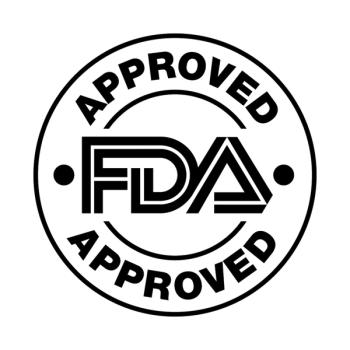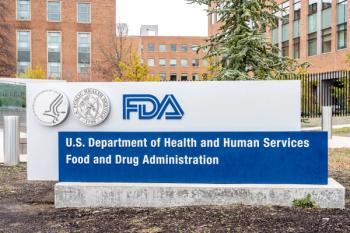
Industry makes strides in research
During breast cancer awareness month in October, the National Institutes of Health and the National Cancer Institute presented an overview of significant developments and advances in breast cancer research, prevention and treatment.
During breast cancer awareness month in October, the National Institutes of Health and the National Cancer Institute presented an overview of significant developments and advances in breast cancer research, prevention and treatment.
Statistically, the National Cancer Institute noted that incidence among women increased 1.8% from 1973 to 1990, but remained level from 1990 to 1995, and deaths related to breast cancer dropped 1.9% per year from 1990 to 1995 in white and Hispanic women. However, 178,700 American women will be diagnosed with breast cancer during 1998 and 43,500 women will die as a result of the disease.
Health care professionals have made great strides in prevention and treatment of the disease. For instance, mastectomy has been replaced with less radical surgery in women with early-stage cancer. Chemotherapy or hormonal therapy, as complements to surgery, have improved overall survival rate among patients.
Also, earlier this year, scientists revealed that Nolvadex (tamoxifen citrate) reduced the risk of recurring breast cancer in women who took the medicine for five years. The Breast Cancer Prevention Trial, which studied the use of Nolvadex as a breast cancer prevention agent, showed that use of the product reduced the incidence of breast cancer in high-risk women by 49%. At press time, the FDA announced that the product had been approved for a new indication for reducing the incidence of breast cancer in women at high risk for developing breast cancer.
Other products that made headlines in breast cancer research in 1998 include Herceptin (trastuzamab) and raloxifene. Herceptin, the first genetically engineered antibody therapy approved by the FDA as a treatment for advanced breast cancer, is being studied by the National Cancer Institute for efficacy in treating both breast and ovarian cancers. Other studies are also being planned to study Herceptin's effect on other cancers and in combination with other agents. Herceptin is made by Genentech.
The Study of Tamoxifen and Raloxifene is set to begin early next year and will compare five years of tamoxifene treatment to five years of raloxifene treatment for the prevention of invasive breast cancer.
Other notable advancements in the industry include the establishment of the Cancer Genetics Network, a national network of centers specializing in the study of inherited predispositions to cancer, including breast cancer, and the establishment of a Cooperative Family Registry for Breast Cancer Studies for the collection of family history information, epidemiological and clinical data and biological specimens from patients at risk. PR
Newsletter
Lead with insight with the Pharmaceutical Executive newsletter, featuring strategic analysis, leadership trends, and market intelligence for biopharma decision-makers.





